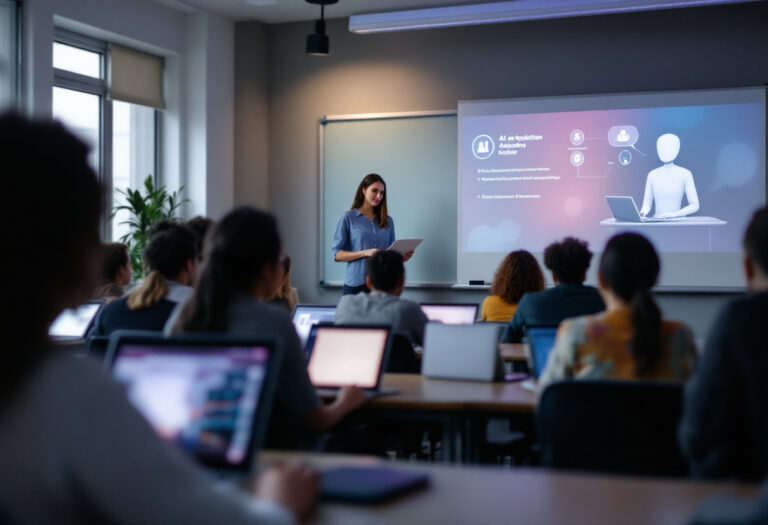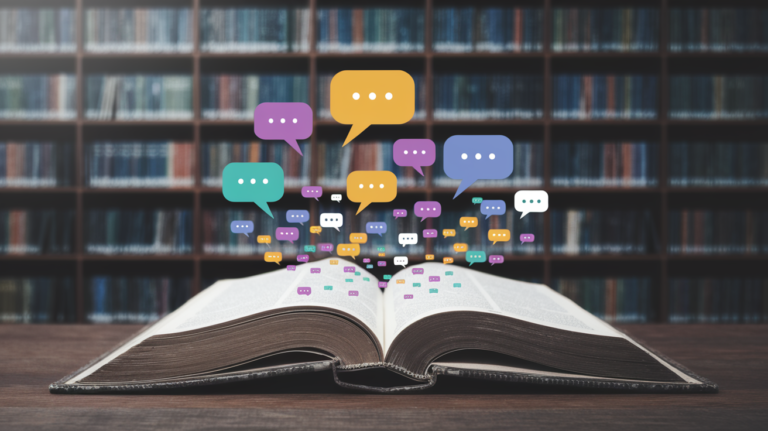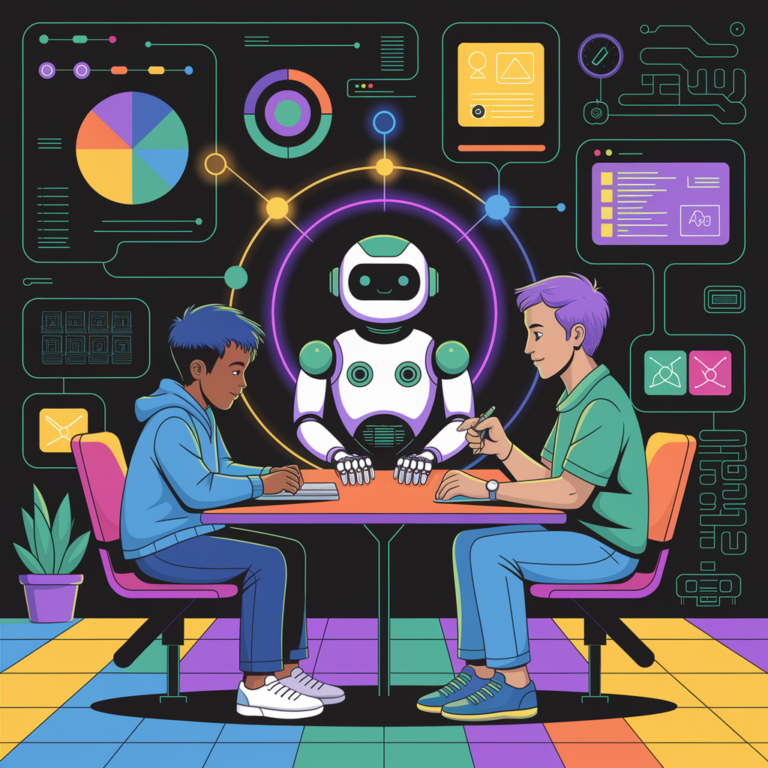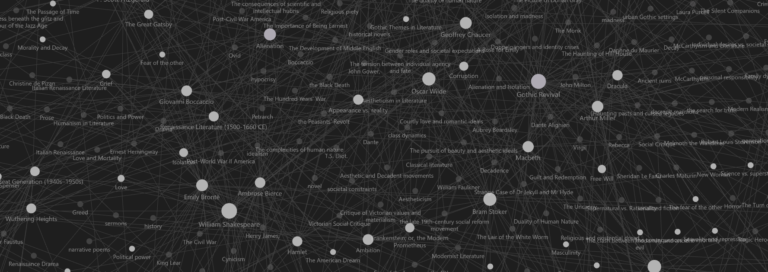AI in the Classroom: Enhancing Learning with Technology
Introduction
Artificial intelligence is rapidly reshaping education. When used thoughtfully, AI can enhance learning, improve efficiency, and support both teachers and students. Of course, it also has the potential to de-rail learning when treated as a magic wand.
This page explores ethical, practical, and innovative ways to integrate AI into the classroom for educators and for students.
AI Integration Strategies for Teachers
1. Lesson Planning
AI tools can help generate ideas, differentiate instruction, and provide instant feedback on lesson structures. Teachers can use AI to brainstorm discussion questions, adjust reading levels, and create engaging activities tailored to student needs.
See how I use chatGPT with Obsidian to adapt my lesson plans into an interactive website that supplements student learning.
2. Assessment & Feedback
AI can assist with formative assessments, grading, and personalized feedback. Tools like ChatGPT can provide instant suggestions on student writing, while platforms like Grammarly help refine grammar and clarity.
I now encourage students to engage in proofreading sessions with ChatGPT to help with first drafts. I also pair my own feedback with feedback garnered from GPTs built to respond based on specific rubrics.
3. Personalized Learning
Adaptive AI-driven tutoring tools can adjust content difficulty based on student performance. This allows for individualized learning paths, helping students who need additional support or acceleration.
4. Executive Functioning Support
AI-powered organization tools can help students manage deadlines, set study schedules, and develop better time management skills. Digital assistants and calendar integrations can assist with task prioritization and reminders.
5. Ethical Considerations
Teaching students about responsible AI use is crucial. Discussions on academic integrity, AI biases, and ethical limitations should be incorporated into classroom activities. Educators should guide students on when AI can be used as a tool and when original thought is required.
AI Tools for Educators
Here are some AI-powered tools that can support teachers and students:
- ChatGPT – Generates ideas, assists with writing, and supports student inquiry.
- Grammarly – Provides grammar and clarity suggestions for student writing.
- Canva AI – Assists in creating visual content for presentations and assignments.
- Gamma AI – Builds eye-catching slideshows and landing pages to present information.
- Khan Academy AI – Offers AI-driven tutoring for personalized learning.
Best Practices for Ethical AI Use
To ensure responsible AI usage in education, consider these best practices:
- Use AI to enhance, not replace, student learning and creativity.
- Encourage students to critically evaluate AI-generated content.
- Teach about bias and limitations in AI responses.
- Develop clear guidelines on when and how AI can be used in assignments.
Additional Resources
For more insights on AI in education, explore the following resources:
Get Involved
Looking for specific AI-powered teaching resources? Check out the latest lesson plans or reach out with questions!




